Growing and caring for Angelica can be a rewarding experience for both novice and experienced gardeners. With its stunning appearance, aromatic fragrance, and versatile medicinal properties, it’s no wonder why this herb is highly sought after. Caring for Angelica involves regular watering, mulching to retain moisture and suppress weeds, and occasional fertilization.
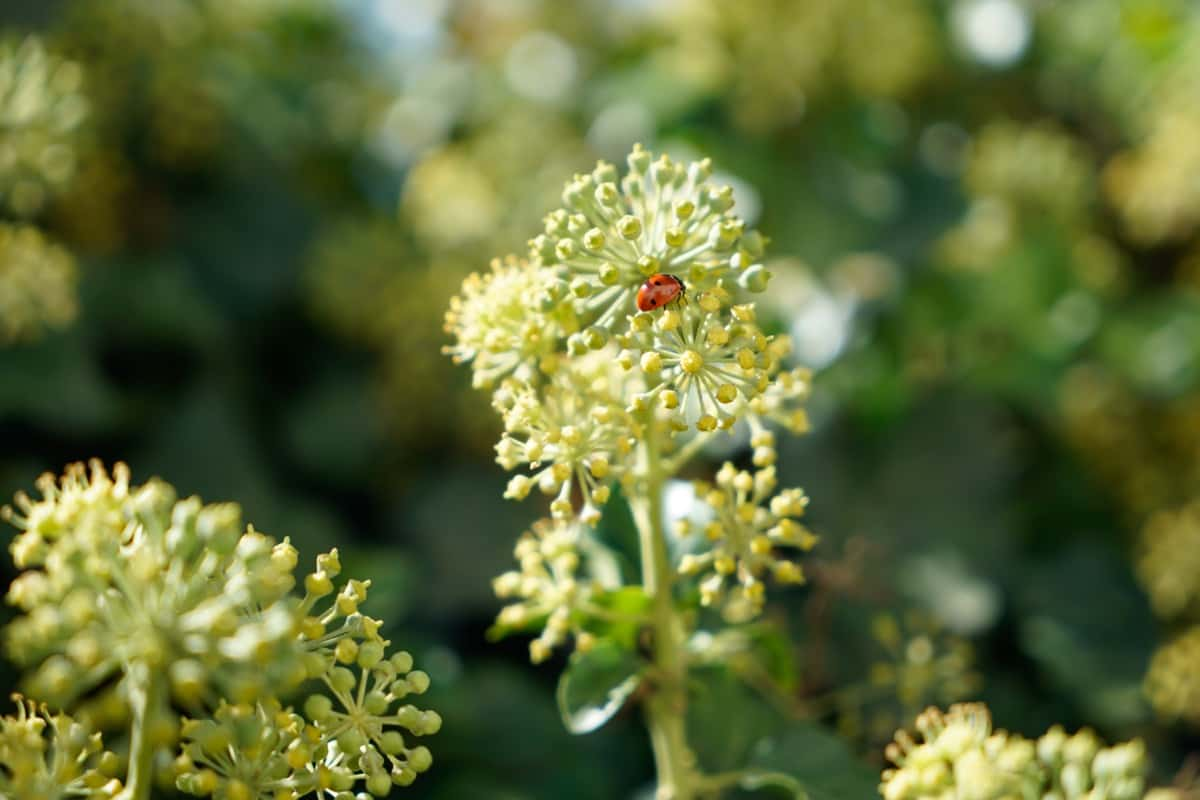
It’s important to watch for any signs of pests or diseases that may harm your plants. By taking these steps, you can ensure healthy growth and vibrant foliage. Knowing when to harvest Angelica is crucial to enjoying its full potential. Take note of the timing, as it will impact the flavor profile of your harvest. Whether you use Angelica in culinary dishes or as a natural remedy for various ailments, this versatile herb will surely add depth and flavor to your creations.
How to Grow and Care for Organic Angelica: A Step-By-Step
Growing Angelica is a rewarding experience that allows you to enjoy this remarkable herb’s beauty and medicinal benefits. First, choose a suitable location for your Angelica plants. They prefer partial shade or dappled sunlight, so find an area in your garden that provides these conditions. Prepare the soil by removing weeds and loosening it with a garden fork. Angelica prefers rich, moist soil with good drainage, so consider adding organic matter to improve its fertility.
Next, sow the seeds or plant young seedlings in early spring or fall. Space them about 18 inches apart to allow enough room for growth. Water your Angelica regularly but avoid overwatering as they don’t like soggy conditions. Keep the soil consistently moist. As your Angelica grows, provide support using stakes or trellises to prevent them from toppling over due to their tall stature. Prune away dead leaves or damaged stems throughout the growing season to promote healthier growth and prevent disease.
Essential Organic Care Practices for Angelica Plants
Growing and caring for Angelica can be a rewarding experience for any gardener or herbal enthusiast. With its beautiful and aromatic qualities, this herb is visually appealing and has numerous health benefits. By following the planting instructions, providing adequate watering and fertilizing, and practicing proper care techniques, you can ensure the success of your Angelica plants.
Organic practices are key to ensuring their health and vitality when caring for Angelica plants. Before planting Angelica, ensure the soil is well-drained and rich in organic matter. Incorporate compost or aged manure to improve fertility and enhance moisture retention. Angelica thrives in partial shade or full sun conditions. Ensure your plants receive at least 6 hours of sunlight daily for optimal growth. While Angelica prefers moist soil, overwatering can lead to root rot. Water deeply once a week, allowing the top few inches of soil to dry out between waterings.
In case you missed it: How to Grow and Care for Organic Chervil: Planting Instructions
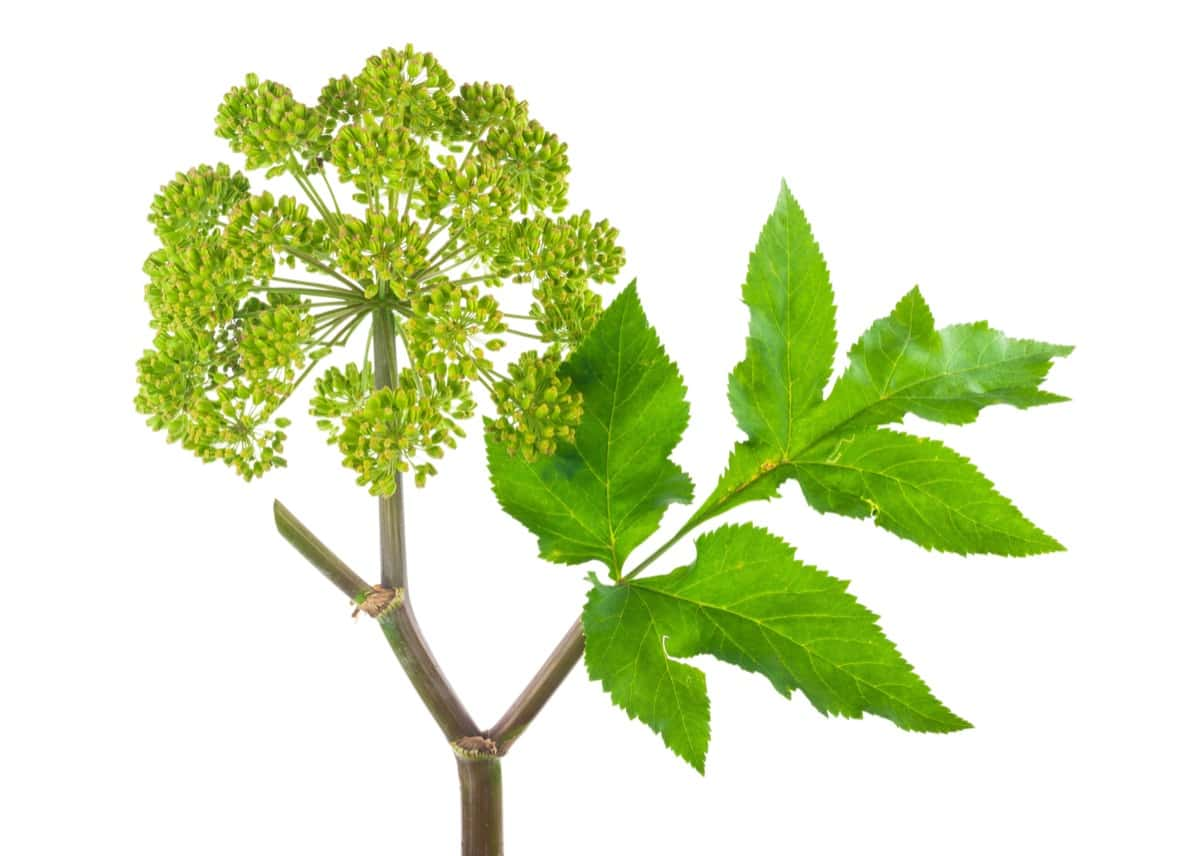
Apply organic mulch around the base of Angelica plants to conserve moisture, suppress weeds, and regulate soil temperature. Regular pruning maintains the size and shape of Angelica plants while promoting new growth. Remove any dead or damaged stems as needed throughout the growing season. To control pests organically, use natural remedies such as neem oil spray or insecticidal soap. These methods are effective against aphids, whiteflies, and other common garden pests that may infest your Angelicas.
Best Organic Fertilizers for Angelica Growth
Organic fertilizers provide nutrients without harmful chemicals, ensuring your Angelica plants thrive naturally. One of the best organic fertilizers for Angelica is compost. Compost enriches the soil with nitrogen, phosphorus, and potassium nutrients. It also improves soil structure and water-holding capacity. You can make your compost using kitchen scraps, yard waste, and other organic matter.
Another excellent choice is well-rotted manure from cows or horses. Manure provides nutrients and enhances soil fertility by promoting beneficial microbial activity. Apply it in spring or fall to ensure proper nutrient uptake. Seaweed extract is another fantastic organic fertilizer option for Angelica plants. It contains trace elements like magnesium and calcium and growth-promoting hormones that stimulate root development and overall plant vigor.
Fish emulsion is a fast-acting liquid fertilizer derived from fish remains or byproducts. This natural fertilizer supplies essential macronutrients like nitrogen, phosphorus, and potassium while providing micronutrients necessary for healthy plant growth. You can use bone meal as an organic source of phosphorus for Angelica plants. Phosphorus promotes root development and flowering in plants. Mix bone meal into the soil before planting or apply it as a top dressing during the growing season.
Natural Pest Control Methods for Organic Angelica Care
Companion planting is one effective way to deter pests from attacking your Angelica plants. Planting herbs such as chamomile, dill, and yarrow near your Angelica can help repel unwanted insects. Another natural solution is neem oil spray, a repellent for many common garden pests. Dilute neem oil with water according to package instructions and apply it to the leaves of your Angelica plants.
In case you missed it: How to Grow and Care for Organic Chives: Planting Instructions
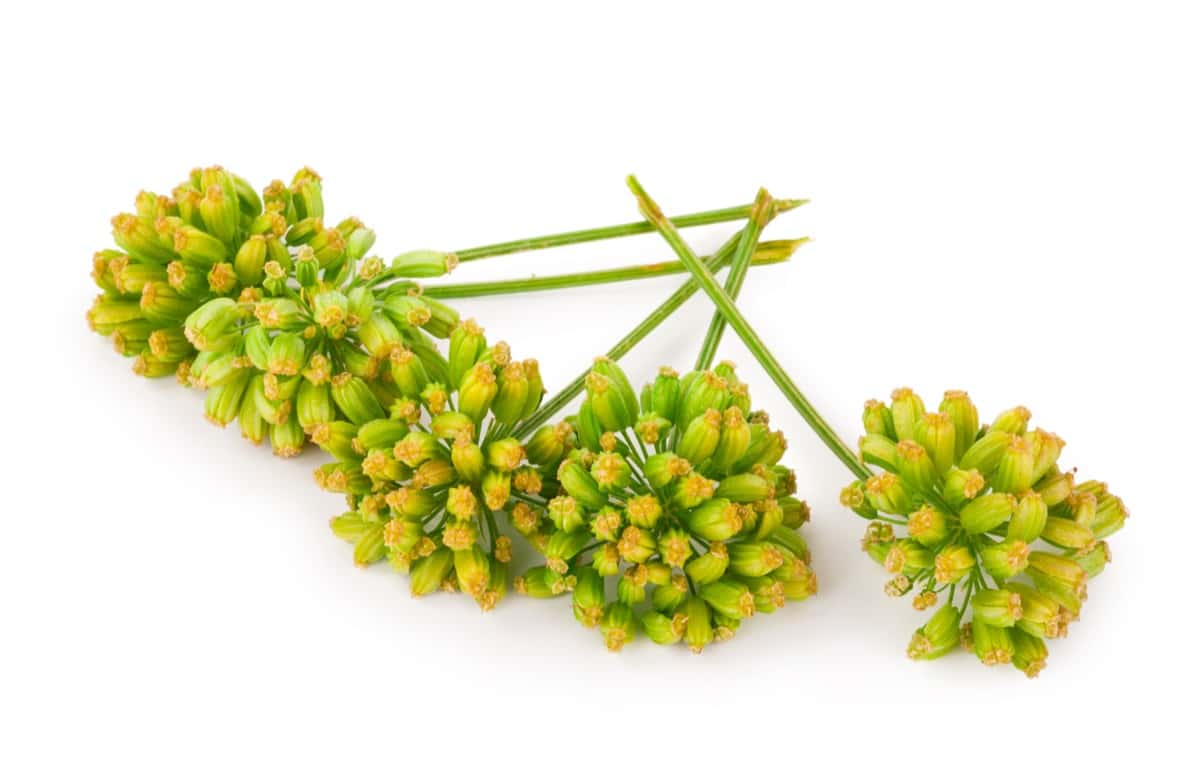
You can make insecticidal soap by mixing liquid castile or mild dish soap with water in a spray bottle. This solution suffocates soft-bodied insects like aphids and mites. Encouraging beneficial insects like ladybugs and lacewings into your garden can help control pest populations naturally since these predators feed on harmful bugs.
Creating Optimal Organic Soil Conditions for Angelica Plants
First and foremost, it’s important to note that Angelica prefers rich, moist, and well-draining soil. A loamy or sandy soil with good organic matter content is ideal for its cultivation. Before planting, amend the soil by adding organic matter to improve its structure and fertility. Maintaining a slightly acidic to neutral pH level between 6.0-7.5 is essential for Angelica plants.
In terms of moisture retention, ensuring proper drainage is vital as these plants do not tolerate waterlogged conditions. However, they still require consistent moisture throughout their growing season. To achieve this balance, consider incorporating organic mulch around your plant to help retain moisture while preventing weed growth. Additionally, regular watering is necessary during dry periods or insufficient rainfall. Watering deeply once a week should be sufficient unless you face particularly hot weather conditions.
Watering Techniques for Organic Angelica: Dos and Don’ts
Proper watering techniques ensure healthy growth and prevent common issues like rot or wilting. Angelica has long taproots, so make sure the water reaches down to the roots by watering. Before watering, please check the moisture level by inserting your finger into the soil up to an inch deep. If it feels dry, it’s time to water. Angelica plants prefer moist but not soggy soil, so avoid overwatering as it can causes root rot. Wet leaves can invite diseases and pests, so try to water around the base of the plant rather than overhead.
Organic Angelica Companion Planting: Boosting Growth Naturally
Organic Angelica companion planting is a fantastic way to boost the growth of your plants naturally. You can create an environment that encourages healthy growth and deters pests by strategically planting certain herbs, flowers, and vegetables alongside your Angelica. One great companion plant for Angelica is the yarrow. Yarrow has strong aromatic properties that help repel aphids and other pesky insects that may damage your Angelica plants. Plus, it attracts beneficial insects like ladybugs and bees, which can aid in pollination.
In case you missed it: How to Grow and Care for Organic Chamomile: Planting Instructions
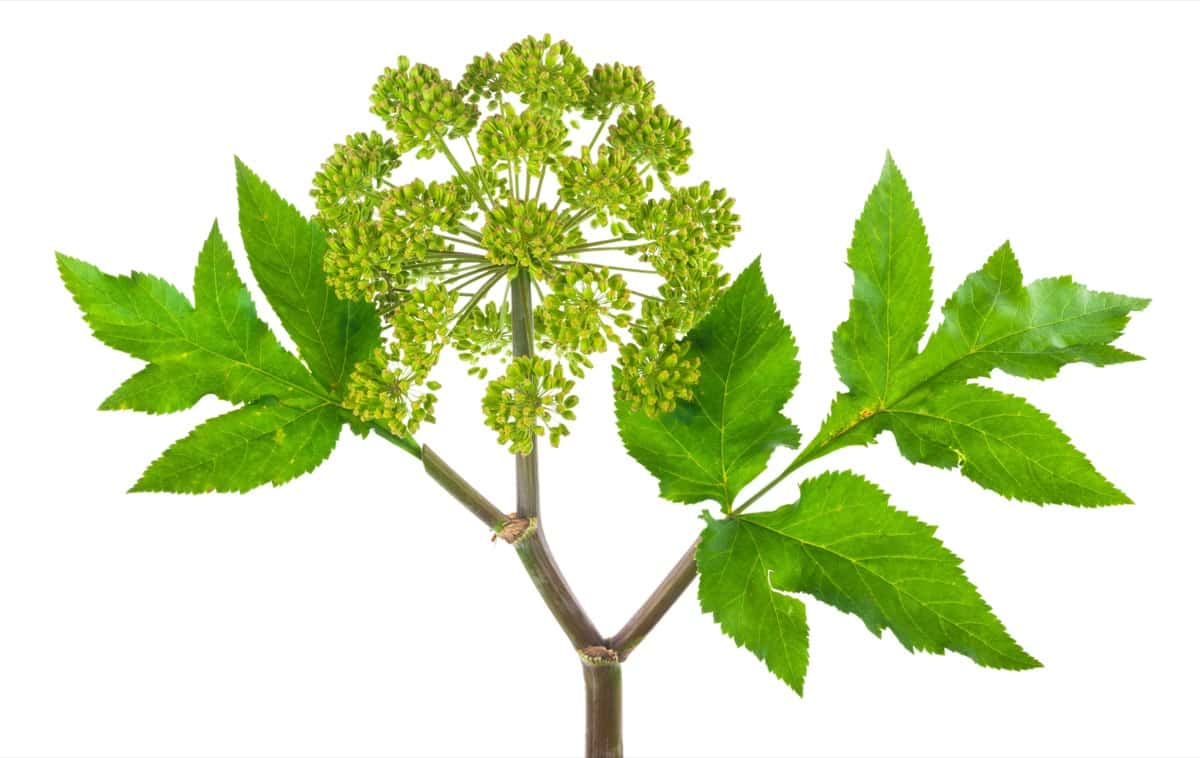
Another excellent companion plant for organic Angelica care is chamomile. Chamomile adds beauty to your garden with its delicate white flowers and acts as a natural fungicide, protecting your plants from fungal diseases. Consider interplanting with garlic or onions to deter pests like slugs or snails from feasting on your precious Angelica leaves. These pungent vegetables emit odors that these critters find unappealing.
Consider planting lavender near your Angelica if you want an aromatic addition to your garden. Lavender’s pleasant fragrance enhances the sensory experience of being in your garden and repels pests such as aphids and fleas. Planting borage next to your Angelica is an excellent option for those interested in attracting pollinators like bees and butterflies.
Borage produces beautiful blue flowers that are irresistible to these beneficial creatures while aiding soil fertility through nitrogen fixation. Consider growing chervil alongside your Angelica. Chervil’s delicate fern-like foliage provides shade for the ground around both plants and helps retain moisture levels by reducing evaporation from the soil surface.
Additionally, marigold is another fabulous companion plant option for Angelica gardening. Its bright orange blooms add vibrant color, repel harmful nematodes, and attract beneficial insects such as hoverflies. By incorporating these complementary plants into your garden bed or container alongside the Angelica plant, you’ll create an ecosystem where each component supports the others’ growth while warding off potential threats naturally.
Growing Angelica in Pots
Growing Angelica in pots is a convenient and practical option for those with limited space or who prefer to keep their plants portable. Choose a pot 10 to 12 inches deep and wide enough to accommodate the plant’s extensive root system. Ensure it has drainage holes to prevent water from pooling and causing root rot. Fill the pot with a well-draining organic potting mix enriched with compost or aged manure. This will provide essential nutrients for healthy growth.
Place your potted Angelica in an area that gets partial shade to full sun, depending on your climate. Remember to rotate the pot regularly so all sides receive equal sunlight exposure. Watering is crucial when growing Angelica in pots. Check regularly by inserting your finger into the soil; if it feels dry up to an inch below the surface, it’s time to water. Fertilize your potted Angelica every two weeks during its active growing season using an organic liquid fertilizer or diluted compost tea.
In case you missed it: How to Grow and Care for Organic Burdock: Planting Instructions

This will ensure optimal nutrient uptake and enhance overall plant health. Prune any dead or damaged leaves regularly to encourage new growth and maintain an attractive appearance. Additionally, consider staking taller varieties of Angelica, as they may require support as they grow. Remember that container-grown plants tend to dry out faster than those planted directly in the ground, so be mindful of regular watering needs throughout the year.
How to Grow Angelica from Seed
Growing Angelica plants from seed is a rewarding and fulfilling experience. To start, you’ll need high-quality Angelica seeds that are fresh and viable. Begin by preparing your soil mixture using a combination of compost, perlite, and vermiculite to ensure good drainage. Sow the seeds on the soil’s surface, gently pressing them down without covering them completely. Maintain moisture levels by misting regularly or using a plastic cover until germination occurs.
Once sprouts emerge, provide ample sunlight while protecting them from harsh afternoon rays. As they grow taller and stronger, thin out weaker seedlings to allow sufficient space for each plant to flourish. Regularly water your Angelica plants, ensuring the soil remains moist but not overly saturated. Apply organic fertilizers like fish emulsion or seaweed extract every two weeks to promote healthy growth.
Keep an eye out for common pests such as aphids or caterpillars. Combat these naturally with insecticidal soap spray or by introducing beneficial insects like ladybugs into your garden. In time, your Angelica plants will mature and produce beautiful blooms attracting butterflies and bees alike. Enjoy nurturing these enchanting herbs from seeds to full-grown plants in your organic garden.
In case you missed it: 13 Common Problems with Raised Bed Vegetable Plants: Prevention, Treatment, and Solutions
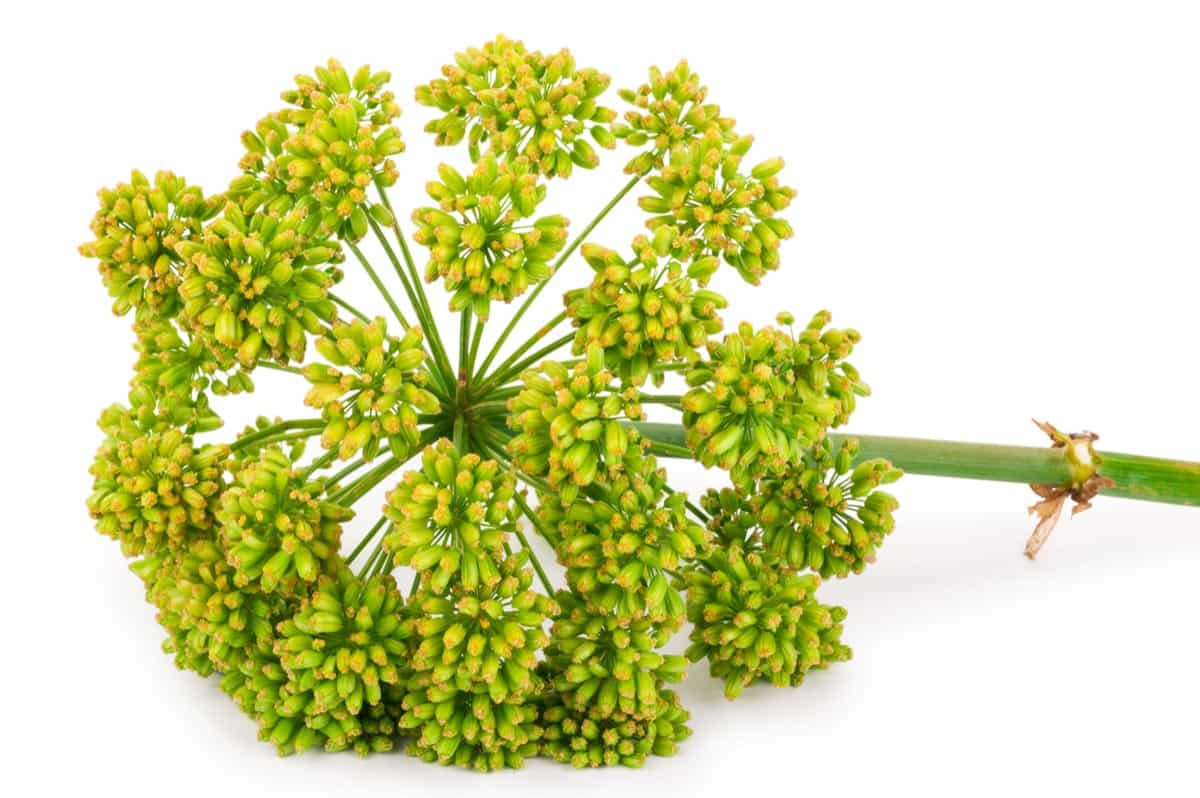
Conclusion
Growing and caring for Angelica plants can be a rewarding experience. Remember to provide proper care practices such as regular watering, fertilizing with organic options, and implementing natural pest control methods. Creating optimal soil conditions and considering companion planting techniques will also enhance the growth of your Angelica plants.
Whether you grow them in your garden or pots, Angelica plants are versatile and adaptable. You can successfully grow these beautiful herbs from seeds with patience and dedication. By incorporating organic methods into your gardening routine, you promote a healthier ecosystem and produce more flavorful and nutritious Angelica plants,
- How to Grow Hibiscus from Flower
- Plantation Ideas for Home Decoration: A Beginners Guide
- Flower Garden Designs and Layouts for Beginners
- Planting and Spacing Techniques in Papaya: A Beginner’s Guide
- Growing Gold: Essential Techniques for Planting Pineapples
- How to Make Kalanchoe Plant Bushy: Home Remedies and Solutions
- 11 Reasons Why Your Gardenia is Not Blooming: Home Remedies and Solutions
- Eco Elegance: The Guide to Designing a Drought-Tolerant Landscape
- Gardening on a Slope: Strategies for Hillside Landscaping
- Nourish and Flourish: Top Organic Mulches for Thriving House Plants
- Everything You Want to Know about Indian Mogra Flower: Discover Uses and Growing
- Green Thumb Success: Expert Tips for Cultivating Greenhouse Pumpkins All Year Round
- Maximize Growth & Flavor: The Ultimate Guide to Companion Planting in Herb Gardens
- How to Control Rhododendron Problems Naturally: Home Remedies and Organic Ways to Fix Them
- Natural Magic: The Remarkable Benefits of Cinnamon for Plants
- Best Steps to Revive Dying Tulip with Natural and Organic Treatment
- 10 Reasons Why Your Angel Trumpet is Not Blooming: Remedies and Treatment
- How to Fix Periwinkle Leaf and Flower-Related Problems: Natural Remedies and Solutions
- How to Fix Zinnias Leaf and Flower Problems: Discover Natural and Home Remedies
- Organic Steps to Induce Lemon Tree Flowers: A Comprehensive Guide
- Bloom Booster: Crafting the Perfect Homemade Bougainvillea Fertilizer
- Optimizing Growth: A Guide to Applying NPK Fertilizer for Potted Plants
- 10 Best Homemade Fertilizers for Rubber Plant: DIY Recipes and Application Method
- How to Boost Female Pumpkin Flowers: Effective Steps for More Flowers and High Yields
- Transform Your Indoor Garden: Top Benefits of Pink Salt for Houseplants
- 10 Best Homemade Fertilizers for Peacock Plants (Calathea): Easy DIY Guide
- Unlock Blooms: 9 Reasons Why Your Potted Chrysanthemum is Not Blooming
- 8 Reasons Why Your Potted Hibiscus is Not Blooming: Fix it with Simple Solutions
- Unlock Blooms: 9 Key Reasons Your Potted Frangipani Won’t Flower
- 10 Reasons Why Is My Ice Plant Not Blooming: Remedies and Treatment
- 10 Reasons Why My Potted Hydrangea Not Blooming: Treatment and Remedies
- 10 Reasons Why is My Wisteria Not Blooming: Remedies and Treatment
- 10 Reasons Why is My Goldfish Plant Not Blooming: Remedies and Treatment
- Maximize Your Space: Ultimate Guide to Balcony Gardening with Grow Bags
- 10 Reasons Why Your Iris is Not Blooming: Remedies and Treatment
- 10 Reasons Why Your Anthurium Plant is Not Blooming: Treatment and Remedies